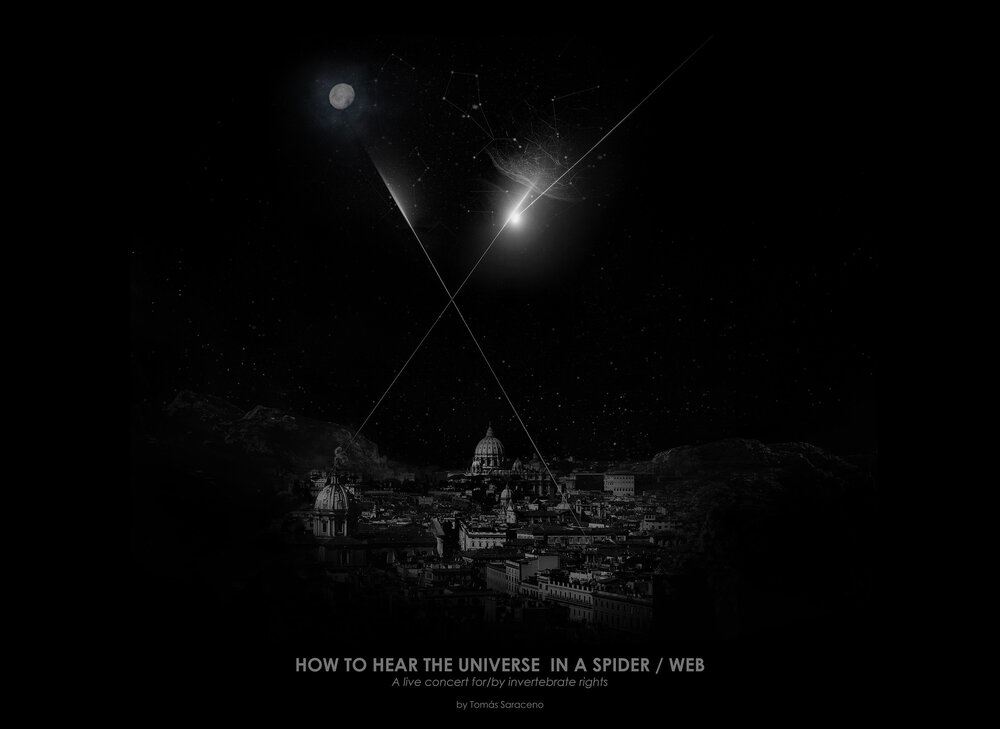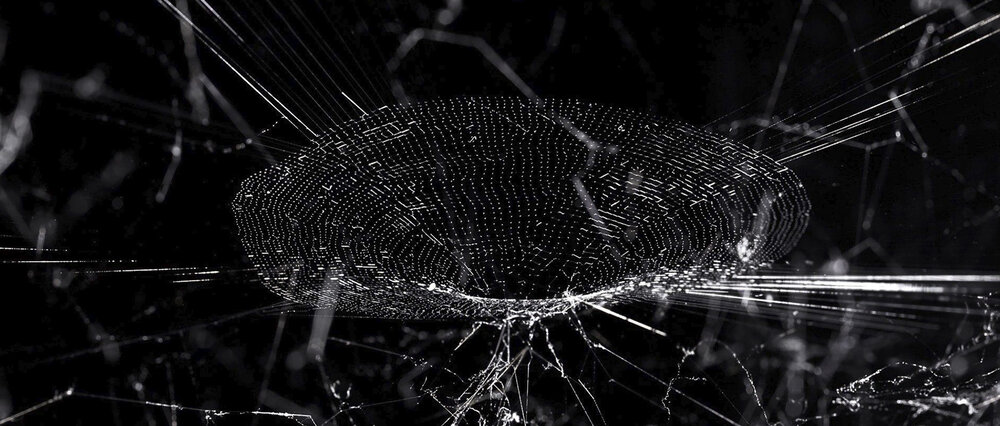A Release from Humanness: Highlights from Dejan Lukić’s Lecture, “Deranged Vivarium”
by Terri Pyle
Cohort ’19
“All animals, from the simplest to the most complex, are inserted into their environments to the same degree of perfection” - Jakob Von Uexkull, 1934

Dejan Lukić, esteemed IDSVA professor and prolific author, presented an intriguing lecture called “Deranged Vivarium” (Variations on Co-Existence) for the January 2021 Virtual Residency. Lukić’s teaching and writing encompass art, philosophy, biology, the culinary arts, and anthropology. Working with Lukić for my Independent Study II on oceanic consciousness and reading his wonderful text The Oyster, Or, Radial Suppleness co-authored with Nik Kosieradzki (2020), I have learned he is quite adept at multi-disciplinary approaches to the critical thinking process. For this particular lecture, he emphasized the Anthropocene, a new period/epoch of the human relation to the Earth, with various examples of nebular conceptual constellations and hyper-specific geoscapes. What stood out most to me was a concept/image developed by Tomas Saraceno called Rome-Outer Space: How to Hear the Universe in the Spider Web (2021), originally live-streamed as a musical concert in December 2020 on http://arachnophilia.net/events. This unique auditory and visual concept directly ties in with Dr. Lukić’s own article called “Putting Into Orbit,” published in Marco (Museo de Arte Contemporáneo de Monterrey’s First Edition, 2016) analyzing the greater philosophical meanings of Saraceno’s spider web installations.

To put arachnids into Anthropocene perspective, Lukić writes: ‘Arachnids belong to the Earth, perhaps even more so than humans. Considering their bodies and multiple legs, they are in closer proximity to it. They also lack theological theories that would justify their lives in relation to a world beyond this one. No, all they have is the Earth, in all its biochemical glory” (112). With regard to our co-existence with the spider, Lukić tells us that in the lighter-than-air sculptures of Tomas Saraceno, there is much to be learned from the stegodyphus dumicola, “a spider species skilled in so-called ballooning, a dispersal by air, as a strategy proliferation and migration … this spider thus puts itself in orbit … observing the spider’s work is not only pedagogical, it is also thaumaturgical. It provides a sense of wonder which extends into different domains of life” (116). Lukić applauds Saraceno’s sense of the spider when he says: “An artist who taps into the rhythm of the spiders, winds, and stars taps into the pneumatology and symptomatology of the universe” (117). Thinking beyond human existence and into a multi-species philosophy could ultimately lead to a new zone or, at the very least re-defined, way of life on Earth. Thus, after reading Lukić’s article, seeing Saraceno’s work in photos displayed in his slides presentation, and seeing first-hand Saraceno’s installations at the Spider/Web Pavillion 7: Venice Biennale 2019, I understand more and more how critical the philosophy of biology is because, as Lukić reminds us: “Since we are tied to the Earth politically and physically, we search for lines of flight, a nomadic propensity that will deliver us from the weight of our bodies and from the institutions we inhabit (our ethnicity, our professional position, etc.) … The art of living (as insects well know) is a careful calibration of gravity” --- and, may I add, a release from our humanness to a greater potential: a more bearable lightness of being (117).
Works Cited
Arachnophilia. “Rome-Outer Space: How to Hear the Universe in the Spider Web.” 2021, arachnophilia.net.
Accessed Jan. 2021.
Lukić, Dejan and Nik Kosieradzki. Oyster: Or, Radial Suppleness. S.L.: Contra Mundum Press, 2020.
_____. “Putting Into Orbit.” Tomás Saraceno: Cientos Sesenta Y Tres Mil Años Luz. Edited by Tomás Saraceno and Gonzalo Ortega. Mexico City: Museo de Arte Contemporaneo, 2016.
